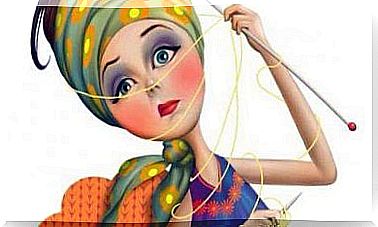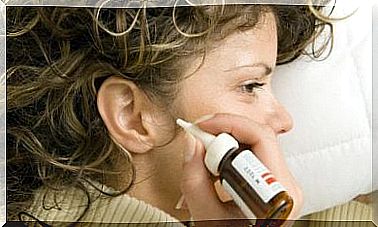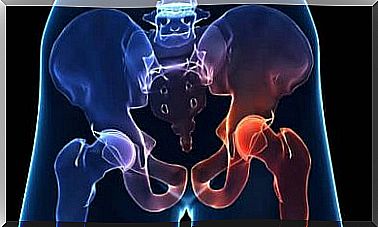Your Genes Determine Your Child’s Appearance, Learn More Here
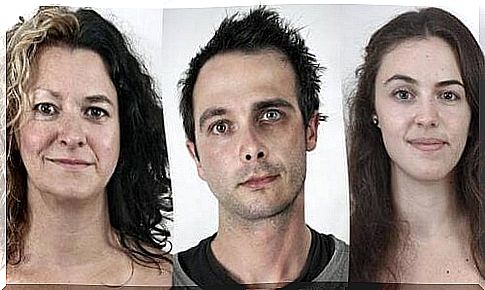
When you know that you will have a baby, it is a feeling that cannot be compared to anything. You will be overwhelmed by questions: do you have everything you need or will your baby be born healthy? You also imagine your child ‘s appearance .
What touches you most and makes you emotional is the question of what your baby will look like. You can spend hours fantasizing about his or her face, eyes, hair and even his or her hands and feet.
Today, based on heredity, it is possible to predict with great accuracy what your child’s physical appearance will be like. Much progress has been made in the field of genetics. So that gives you the opportunity to fantasize a little more. Yet there is still much to learn.
Your child’s appearance is closely related to your genes
So based on heredity, you can predict the appearance of your child, thanks to the fact that there are two types of genes :
dominant genes
These genes are in you
recessive genes
These genes are weaker. However, this does not mean that they are sidelined. However, they do not occur in your children, but they can occur in their children.
We invite you to view some details. Discover in this article how you can determine what your baby will look like based on that information.
Step 1: the eyes
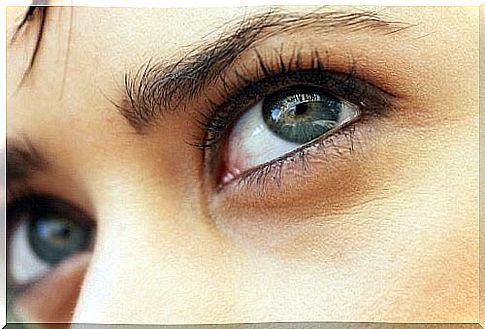
The color of the eyes depends on the melanin that comes from some genes.
During childhood, the concentration of this component will vary. This also explains why many children are born with light eyes, only to eventually have brown or even almost black eyes.
Dark shades have their origin in the dominant gene. So keep this fact in mind. We explain how it works:
- If both parents have dark eyes, there is a 75% chance that their child will have the same eyes as them. There is also an 18% chance that the child’s eyes will be green. Finally, the probability that the eyes will be blue is limited to about 7%.
- If you combine green eyes with brown eyes , the chance of dark eyes is reduced by 50%. At the same time, the probability of green eyes will increase by 37% and the probability of blue eyes by 13%.
- If the parents have blue and brown eyes , then the chance of one of these colors in the child is 50%.
- If you both have green eyes, there is a 75% chance that your child will also have green eyes. But there is also a 25% chance of having blue eyes.
- If you have green and blue eyes, the chance of both colors is the same.
- If both parents have blue eyes, it is almost certain that their child will also have blue eyes. There is only a 1% chance that the eyes will be green.
Step 2: the hair color
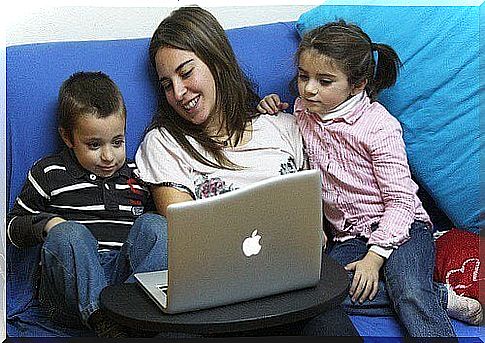
We see the same thing happening here as before. The dark gene predominates. So if one of the parents has brown or black hair, the children usually have this hair color too. This has to do with heredity.
But if your ancestors were blonde or red-haired, your grandchildren may have blonde or red hair too. This can happen especially if your partner has this hair color.
Step 3: the mouth
Full lips are the dominant gene. At the same time, the recessive gene causes thin lips. As a result, everything indicates that the baby’s mouth will be more like the parent with the fullest lips.
This will be, unless one of the grandparents had thin lips. In that case, the child could have thinner lips.
Step 5: the nose
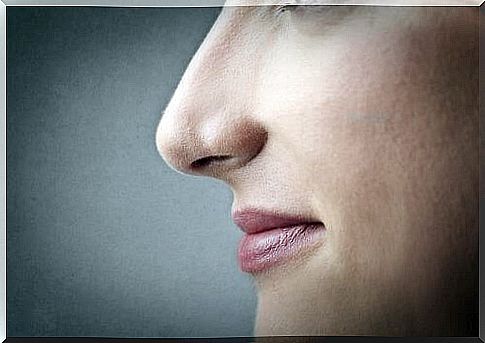
A high nose bridge is more dominant here than a wide nose bridge. That’s why some people have the classic hook nose. After all, it is passed on from family member to family member within the same family. But there are also other variations in which there are more differences and changes.
Step 6: the morphology of the face
Faces with an oval shape and long faces are more dominant than round ones. At the same time, the high cheekbones gene is recessive.
With all this evidence, you can therefore form a more accurate picture of the appearance of your child based on the genes. However, remember that their physical features will help shape their personality.
A look is not just the color of the eyes, just as a smile is not just the teeth.
How your kids will behave will complete their physical appearance. To teach them how to live and strengthen their dreams, we recommend that you read some of our articles on these topics.
Can you imagine what your child’s appearance will look like?
